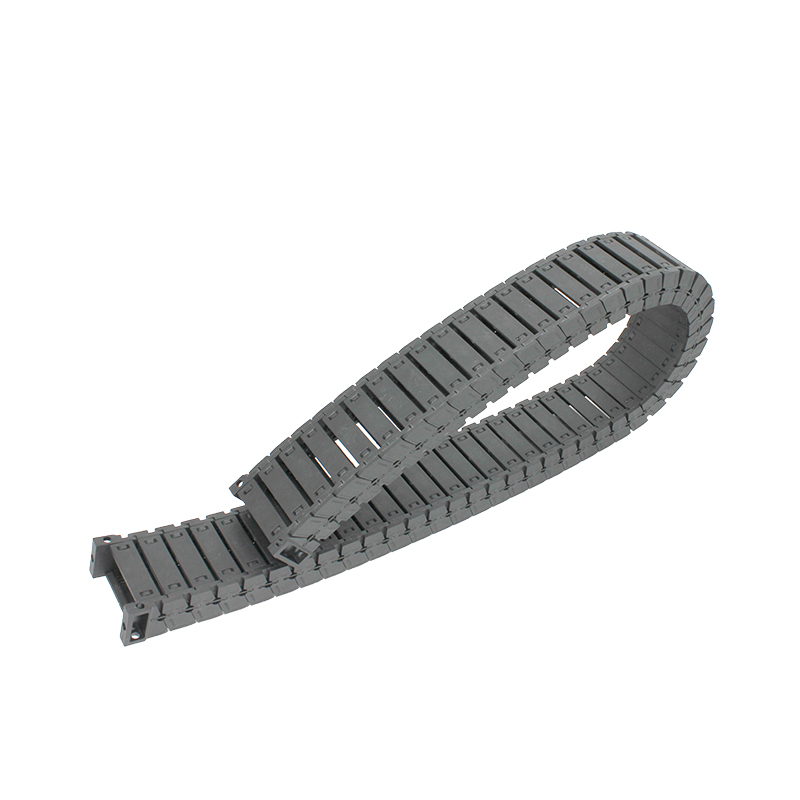Affordable Cable Drag Chain Prices for Efficient Cable Management Solutions in Your Projects
Understanding Cable Drag Chain Prices A Comprehensive Guide
In today’s industrial landscape, the efficient management of cables and wires is essential for ensuring the smooth operation of machinery and equipment. One of the most effective solutions for this purpose is the cable drag chain. Cable drag chains, also known as energy chains, are used to organize and protect moving cables and hoses in various applications, including robotics, CNC machines, conveyor systems, and many others. However, prospective buyers often find themselves grappling with the question what factors influence cable drag chain prices?
The Basics of Cable Drag Chains
A cable drag chain is designed to guide and contain cables and hoses, preventing tangling and damage during movement. These chains are available in various materials, designs, and sizes to meet specific operational requirements. Their construction typically consists of a series of interconnected links, which form a flexible channel through which cables can be routed. As the machinery moves, the drag chain allows for the free movement of these cables while keeping them organized and protected.
Key Factors Influencing Prices
1. Material Composition The material used to manufacture a cable drag chain plays a crucial role in determining its price. Common materials include plastics, metal, and a combination of both. Plastic chains are more affordable and lightweight, whereas metal chains offer greater durability and are better suited for harsh environments. The choice of material thus directly impacts both performance and price.
2. Size and Configuration Cable drag chains come in various sizes and configurations, including standard and custom options. Larger chains that accommodate more cables or specialized arrangements may cost more. Furthermore, intricate designs that improve functionality—such as curved or modular chains—can also increase the overall price.
cable drag chain price

3. Load Capacity Different applications require different load capacities. High-capacity drag chains that can bear heavier loads will typically have a higher price point. Buyers must consider the specific needs of their applications to avoid overspending on unnecessary features.
4. Brand Reputation Established manufacturers with a strong reputation for quality and reliability often charge a premium for their products. Investing in a well-known brand can provide peace of mind, as these products often come with better warranties and customer support. However, less renowned manufacturers may offer competitive products at lower prices.
5. Technology and Innovation Advances in technology have led to the development of more efficient and durable cable drag chains. Those that incorporate features such as self-lubrication or enhanced resistance to chemicals and UV exposure may come at a higher cost, but often provide superior performance and longevity.
6. Market Demand and Supply Chain Factors Like any other product, the price of cable drag chains can also be influenced by market dynamics. Fluctuations in demand, raw material costs, and global supply chain disruptions can all affect pricing.
Conclusion
When considering the purchase of cable drag chains, it is essential to thoroughly evaluate your specific needs and understand the various factors that influence pricing. While it may be tempting to choose the lowest-cost option available, investing in high-quality drag chains tailored to your application can result in long-term savings by reducing maintenance costs and minimizing downtime. By conducting comprehensive research and consulting with manufacturers, businesses can ensure that they choose the right cable drag chain at a price that fits their budget and operational requirements. In the end, the right drag chain can lead to increased efficiency, enhanced safety, and superior performance in any industrial setting.








